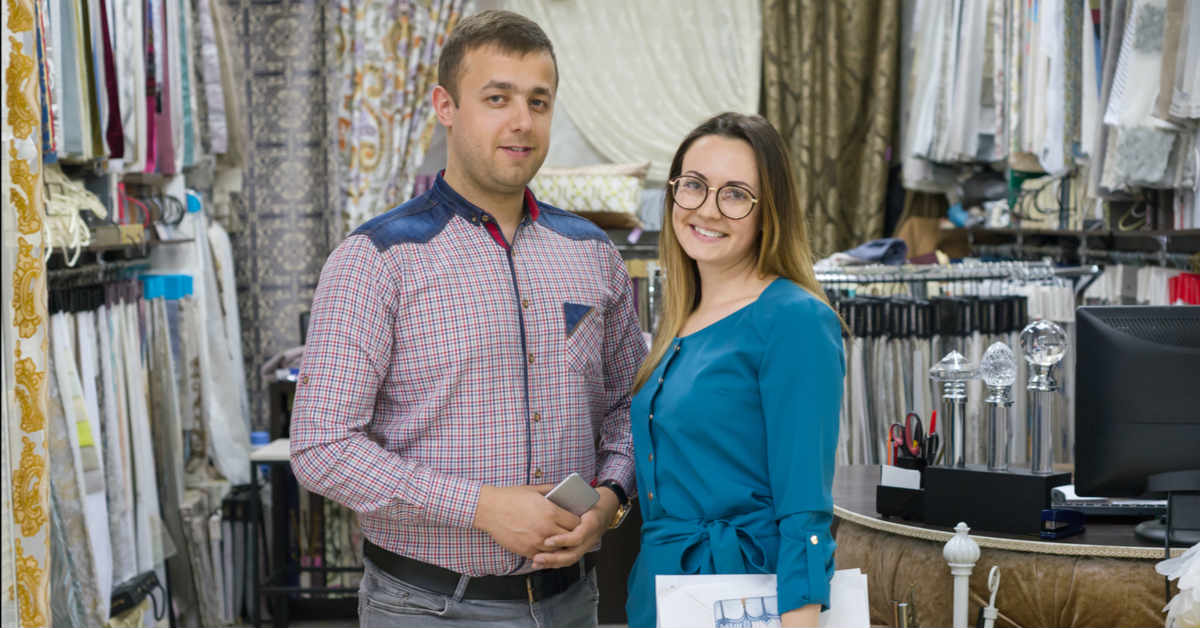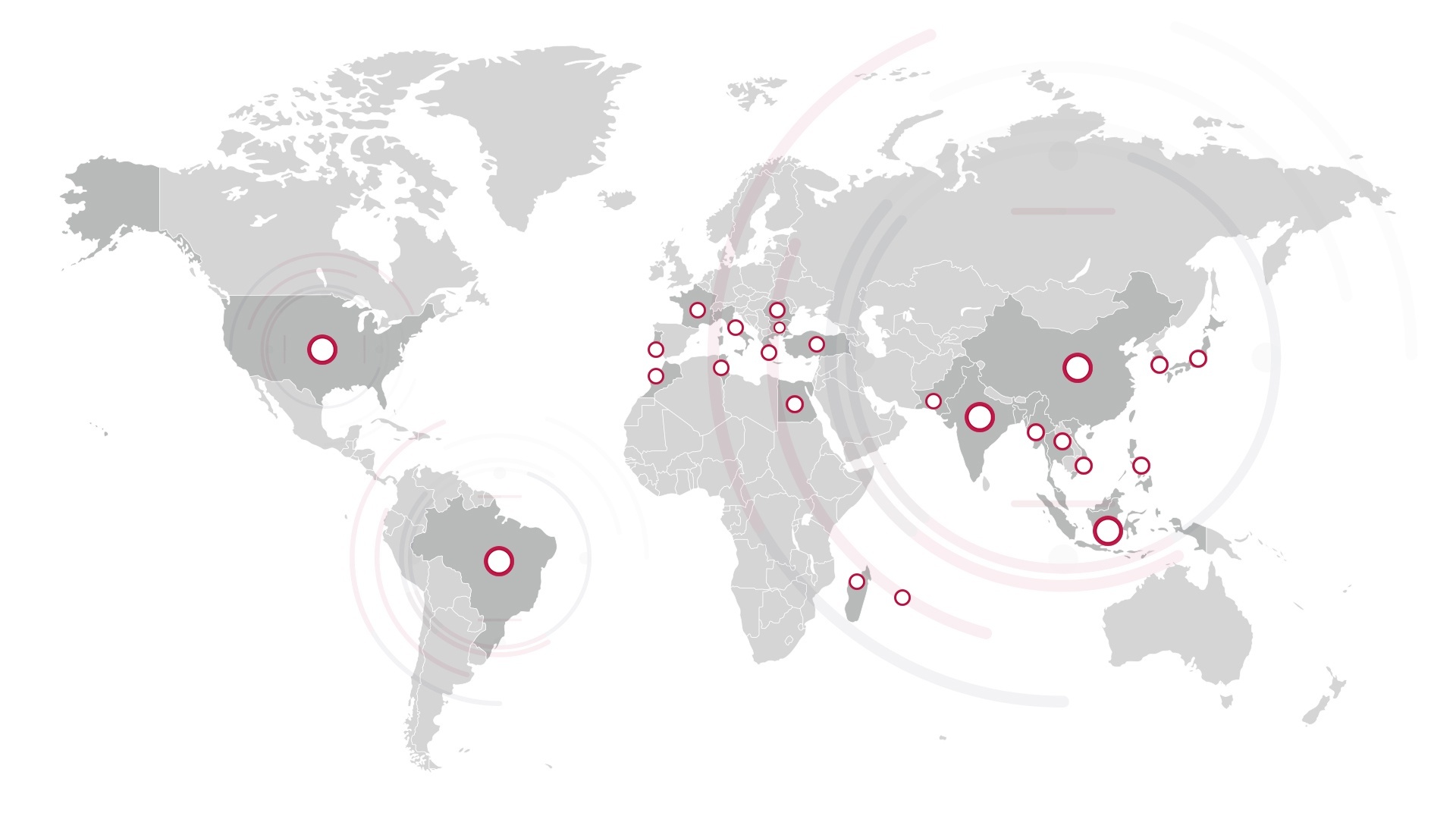Selecting the right apparel supplier for your brand is one of the most important steps in ensuring a successful and healthy supply chain. When choosing your supplier, it’s important to ensure that they meet your exact requirements and aren’t just your vendors, but will be your partners in production.
Read on to see what our textile quality management experts suggest that you must do when sourcing suppliers…
This post was originally published in September 2017, and has now been updated with additional information added throughout in May 2018.
What Do Successful Apparel Supplier Relationships Look Like?
Because supply chains in the apparel industry are so complex, it can become difficult to manage supplier relationships effectively.
Therefore, this blog post will dive into the importance of successful supplier relationships and offer a few valuable tips on how to select the right supplier to meet your brand’s needs.
The garment industry is known for being heavily dependent on its supply chain, and if something goes wrong somewhere down the production line, it can negatively impact your entire manufacturing process and reputation in the long run. Thus, selecting the right supplier from the start is vital to guarantee that your products are delivered on time at the right price, quantity, and most importantly, quality.
By implementing a carefully drawn up selection criteria, it is possible to identify potential suppliers who can provide personalization and customization to meet your customer’s demands.
Successful relationships with your suppliers transform an average buyer-supplier relationship into one that’s strategic and works towards achieving business goals and growth initiatives. It can mean the difference between enjoying a booming production line and having to deal with constant production delays as a result of garment quality issues.
Apparel suppliers can also be your ears on the ground, valuable sources of information, and play an important role in helping you track competitor’s actions as well as evaluating potential new products. Remember, too, that your suppliers have a big say in your brand’s CSR. If they fail, you fail with them, and it’s hard to come back from that kind of damage.
Therefore, it all starts with selecting the right supplier. Even though suppliers with the lowest bid, fastest turnaround times, and best quality products should play a major role in your decision making, if you’re in search of a partner who you can build a relationship with while maintaining credibility, you may need to look beyond those factors.
Here are 5 tips for selecting the right apparel supplier:
1. Set your selection criteria
Before embarking on a journey of finding your perfect supplier, draw up a list of your selection criteria that prospective apparel suppliers need to fulfill to be able to meet your brand’s needs. This list of criteria will ensure that you don’t miss anything when evaluating potential suppliers.
Pay particular attention to:
- Maximum and minimum order quantities
- Lead times from when the order is received to delivered
- Methods of delivery
- Storage and handling facilities
- Quality assurance processes
- Examples of previous products/materials
- Payment terms and conditions
- Approved methods of communication
- Return policies
- Certifications & standards held (ISO, SA800)
- Contactable references
2. Investigate The Supplier’s Reliability
Supplier reliability has a significant effect on your production process. If your suppliers don’t adhere to strict and consistent delivery times, you won’t be able to depend on them when a large order needs to be completed in a short period of time. Your customer sees the end result, and your brand will bear the burden of production delays and defective garments, not theirs.
Supplier reliability means that you have access to what you need in order to produce high-quality garments when you need it.
You should be assessing:
- Their location – is the climate or are political issues likely to have an effect on their ability to supply your goods?
- Their proximity to logistics hubs – some time for delivery is almost certain, but the more remote your supplier is, the harder it is for them to deliver goods quickly to a port or airport.
- Transparency of information – Do they have a website where you can see plans, images, specifications, and inventory? If not, how can you be sure what they are capable of? Researching sites like Global Sources (for Chinese suppliers, at least) can also help.
This will also help you to see their certifications, references, and other useful information for gauging their legitimacy. - Their experience of supplying large or small orders – If your needs were to change and you needed to scale up production, could your supplier handle this? If not, this would be a major roadblock for scaling your business.
- Communication ability – You probably won’t get an acceptable level of customer support from suppliers who can’t understand you well. It’s up to you to assure that you both understand each other’s needs and capabilities before starting a project.
{{cta(‘cb61e706-fb4c-4436-8652-3c85b5b3bfbb’)}}
3. Investigate The Supplier’s CSR (Corporate Social Responsibility)
In the past, some brands have made headlines for having worked with suppliers who follow poor (or no) CSR practices, such as practicing unethical labor practices like paying under minimum wages, overly-long working hours, exploitation, discrimination, and using child labor.
Positive change is occurring, according to LIM College professor Gayathri Banavara speaking in WWD:
Stakeholders, particularly consumers, have played a major role in encouraging CSR activities in fashion companies. Research has shown that positive social activities by companies are a direct result of the demands of consumers and employees.
In some cases, brands aren’t aware that their second tier suppliers are involved in unethical labor practices, but the damage done to the brand can take years to mend, if at all. Make no mistake, today’s apparel consumers are ready and willing to hold your brand accountable if garments aren’t ethically produced or sourced. Therefore, it’s important to ensure that your suppliers are socially compliant and adhere to the SA800 standard as well as have ISO 9001:2000 certification. If the supplier doesn’t have their ISO certification, it’s important to find out why the company is unable to meet the documentation and improvement standards required.
Typically an importer would conduct a CSR audit on the supplier in question, which can help assure that they are a good fit for your brands’ requirements and not a ticking time-bomb.
You may also be interested in our previous article titled: How to Better Manage Apparel Supplier Relationships. Click here.
4. Investigate The Supplier’s Equipment And Raw Material Quality
Being able to produce high-quality products is directly dependent on the quality of the raw materials and equipment used to produce the garments. Your supplier needs to have the right tools to help your brand achieve the top-notch quality results it aims to do. Therefore, selecting a supplier that regularly conducts raw material inspections as well as equipment inspections to reduce quality issues is essential.
When checking your supplier’s equipment, ensure that it is up to date and that the supplier is equipped with the right tools to handle your needs and meet your production tolerances. It’s definitely worth running a textile factory assessment on their factory to ascertain whether they have the facilities to produce your goods, as well as a textile technical audit to assure that they are capable, as an organisation, of producing goods to your requirements.
5. Investigate Your Supplier’s Team
Lastly, it’s important to examine your supplier’s team and determine whether they are well-trained, dedicated and possess the skills and competence required to meet your production demands. A good indication of your supplier’s employees’ level of skill is to check the individual employee’s certificates of qualifications. If they are being employed without having any form of training, it’s a red flag.
Supplier audits will pick up on the overall quality of your supplier, of which staff capability makes up a part, but without running one or personally being on the ground to see the staff, management, and how guidance and training is given (if at all), you’re reliant on supplier certifications and references.
Do you have any questions regarding selecting the right apparel supplier to meet your brand’s needs? What methods do you use when selecting suppliers? Do you have any other issues with textile quality management that you need help with?
Please join the conversation by leaving a comment below. We’d love to hear from you!
{{cta(‘f1000ad6-2b1d-4cdc-9854-652daab42f81′,’justifycenter’)}}





